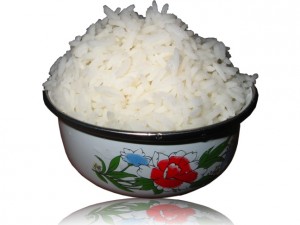 When you eat rice, it’s likely that you are ingesting the white variety. While there is no reason to panic about eating white rice in moderation, if it’s a diet staple there could be something to be concerned about.
When you eat rice, it’s likely that you are ingesting the white variety. While there is no reason to panic about eating white rice in moderation, if it’s a diet staple there could be something to be concerned about.
Harvard researchers are pointing to the considerable benefits of switching from white to brown rice, particularly how it relates to preventing diabetes. They are saying by making the easy switch to brown rice, you can cut your diabetes risk by a third.
White rice creates the strong possibility of developing diabetes since it causes spikes in blood sugar levels. In the study of nearly 200,000 Americans, eating white rice was linked to type 2 diabetes.
The researchers came up with a calculation of how brown rice could reduce diabetes rates. They estimated that replacing one-third of a normal serving of white rice with the same amount of brown rice would lead to a lowering of the risk of type 2 diabetes by 16 percent.
Since brown rice is a whole grain food, it is high in fiber and releases its energy slowly, avoiding the sugar spike. But since white rice has had all the bran and some of the germ removed during milling, it has a higher glycemic index (GI). The glycemic index is a measure of how much a food raises blood sugar levels.
